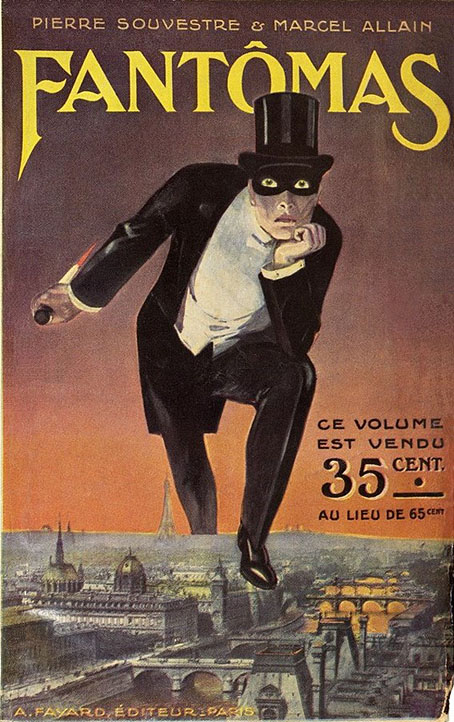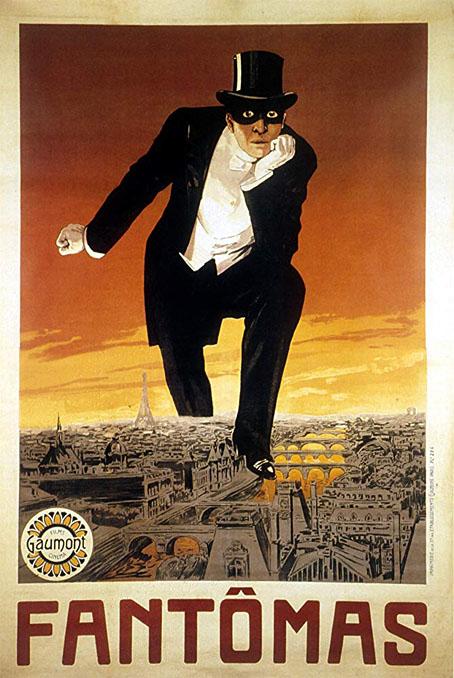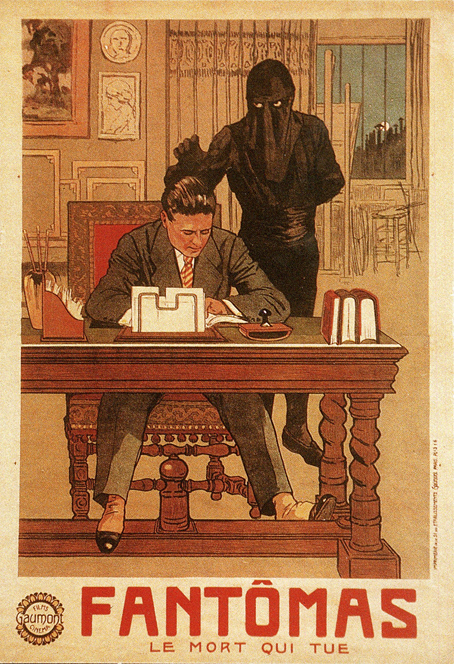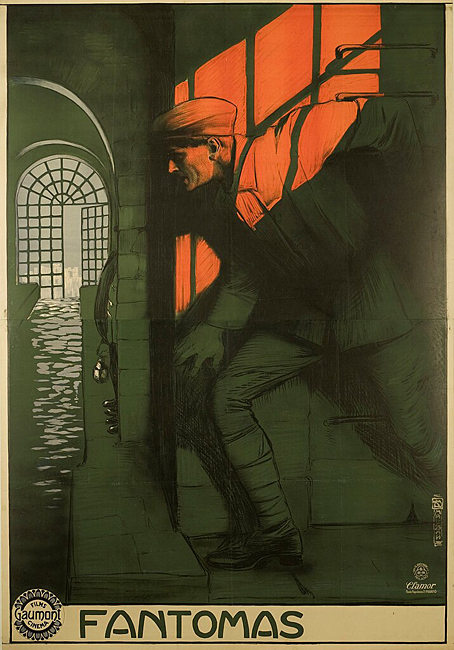The Door in the Wall is one of HG Wells’ most popular short stories, a fable-like piece which has slipped across the genre barriers into collections as diverse as Tales of the Unexpected (1924), More Ghosts and Marvels: A Selection of Uncanny Tales (1927), The World’s Great Mystery Stories (1943), The Dream Adventure (1963), Magazine of Horror (1965), The Sixth Fontana Book of Great Ghost Stories (1970), Tales of the Occult (1975), Black Water: The Anthology of Fantastic Literature (1983), Classic Science Fiction Stories (2022), and many others. The categorisations are more an attempt to fill out a contents list with quality material than a reflection of the story itself. Most readers would regard The Door in the Wall as a straightforward work of fantasy, in which a small boy discovers a door in a wall in a very ordinary London street, a portal which leads him into a paradisiacal garden. When the boy grows into man he remains haunted and eventually tormented by his memories of the enchanted world he found beyond the door.
Given the popularity of the story and its simple narrative you’d expect there to be more film adaptations than there are. This short from 1956 (links below) was the only directorial effort by Glenn H. Alvey, and a very odd film it is. What might have been a worthy if uninspired transcription of Wells’ tale is here confounded by Alvey’s “Dynamic Frame”, a trademarked invention which involved filming the whole thing in VistaVision then masking portions of the frame with a matte that continually changes the aspect ratio of the picture to suit the action, even following the actors around the screen. Adjusting the aspect ratio while the film is running isn’t an uncommon technique but Alvey’s process is a distinctly obtrusive one, which no doubt explains why it wasn’t further developed elsewhere. As for the adaptation, the enchanted garden beyond the door turns out to be nothing more than a large and very typical English country estate, with a few parrots and a pair of caged budgerigars providing some exotic flavour. (Now that London has wild parakeets roosting in its trees even these details are no longer exotic.) Wells’ garden is a numinous and magical place, one that might have been better represented with a change from black-and-white to colour, as when Dorothy opens the door to Oz. Alvey’s adaptation is worth watching more for its views of ungentrified post-war London streets than it is for the drama. It also features an unusually restrained musical score by James Bernard, a composer better known for the thundering soundtracks he provided for many Hammer horror films. Bernard aside, HG Wells’ stories deserve better treatment than this.
• The Door in the Wall: part one | part two
Previously on { feuilleton }
• Claude Shepperson’s First Men in the Moon
• Uncharted islands and lost souls
• Doctor Moreau book covers
• The Island of Doctor Moreau
• Harry Willock book covers
• The Time Machine
• The Magic Shop by HG Wells
• HG Wells in Classics Illustrated
• The night that panicked America
• The Door in the Wall
• War of the Worlds book covers




















